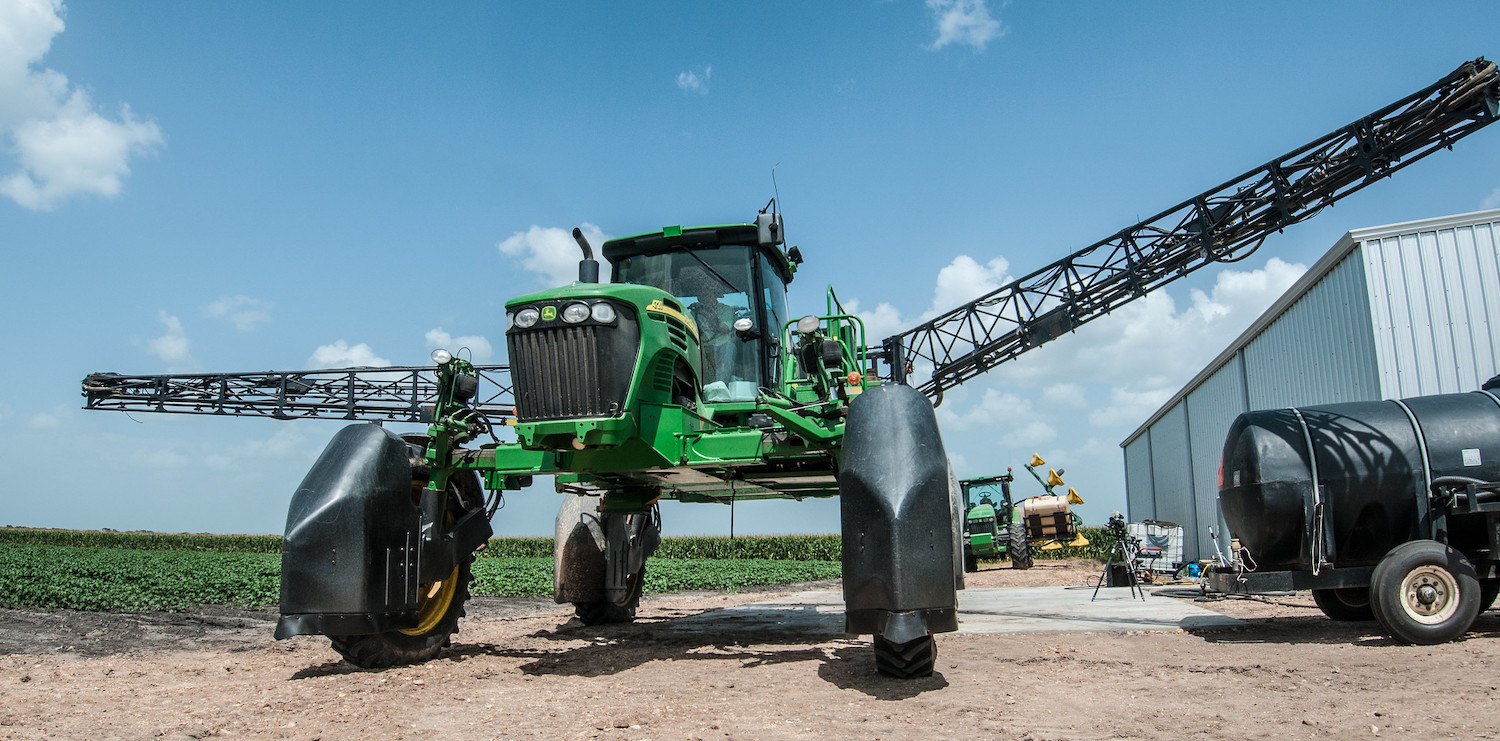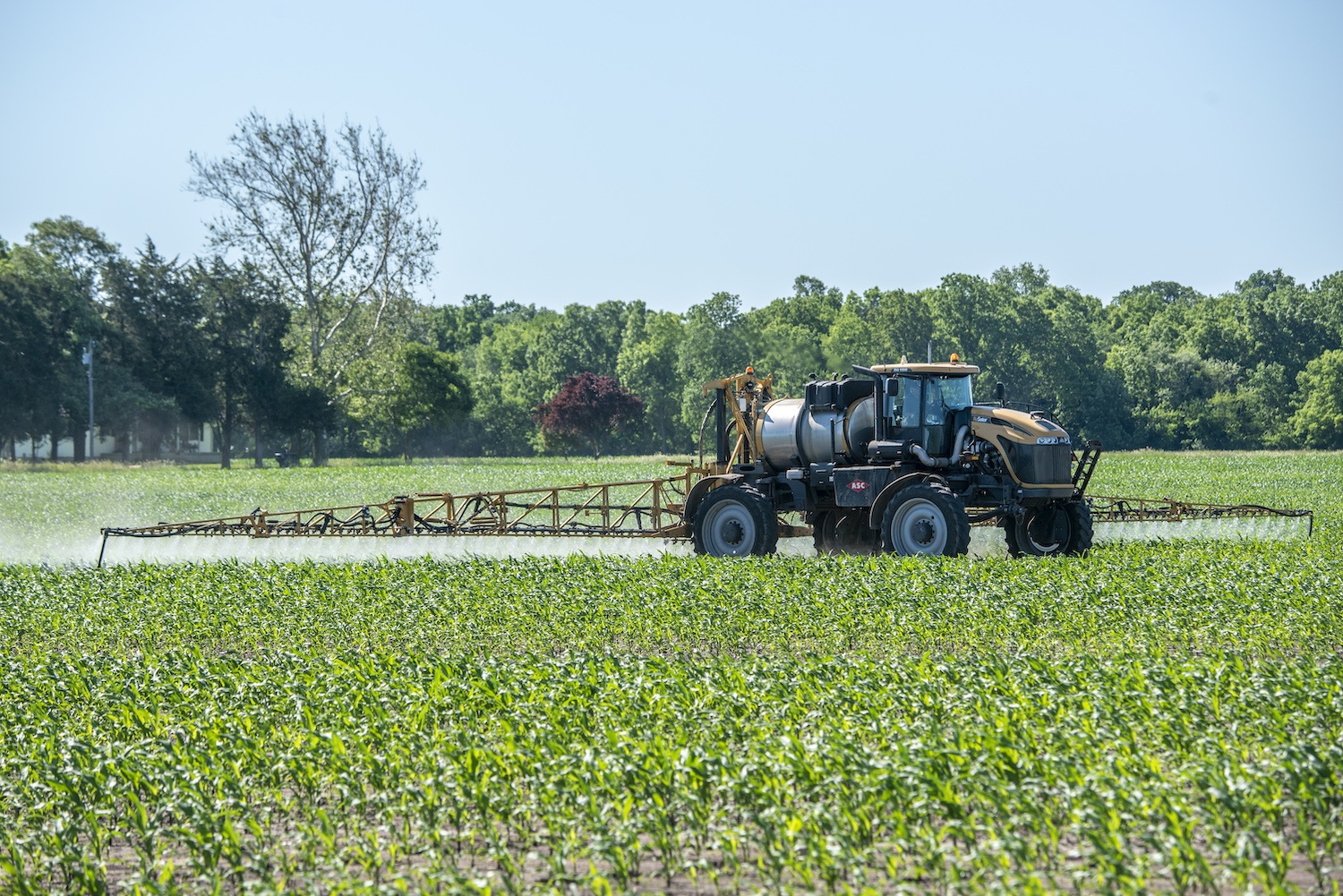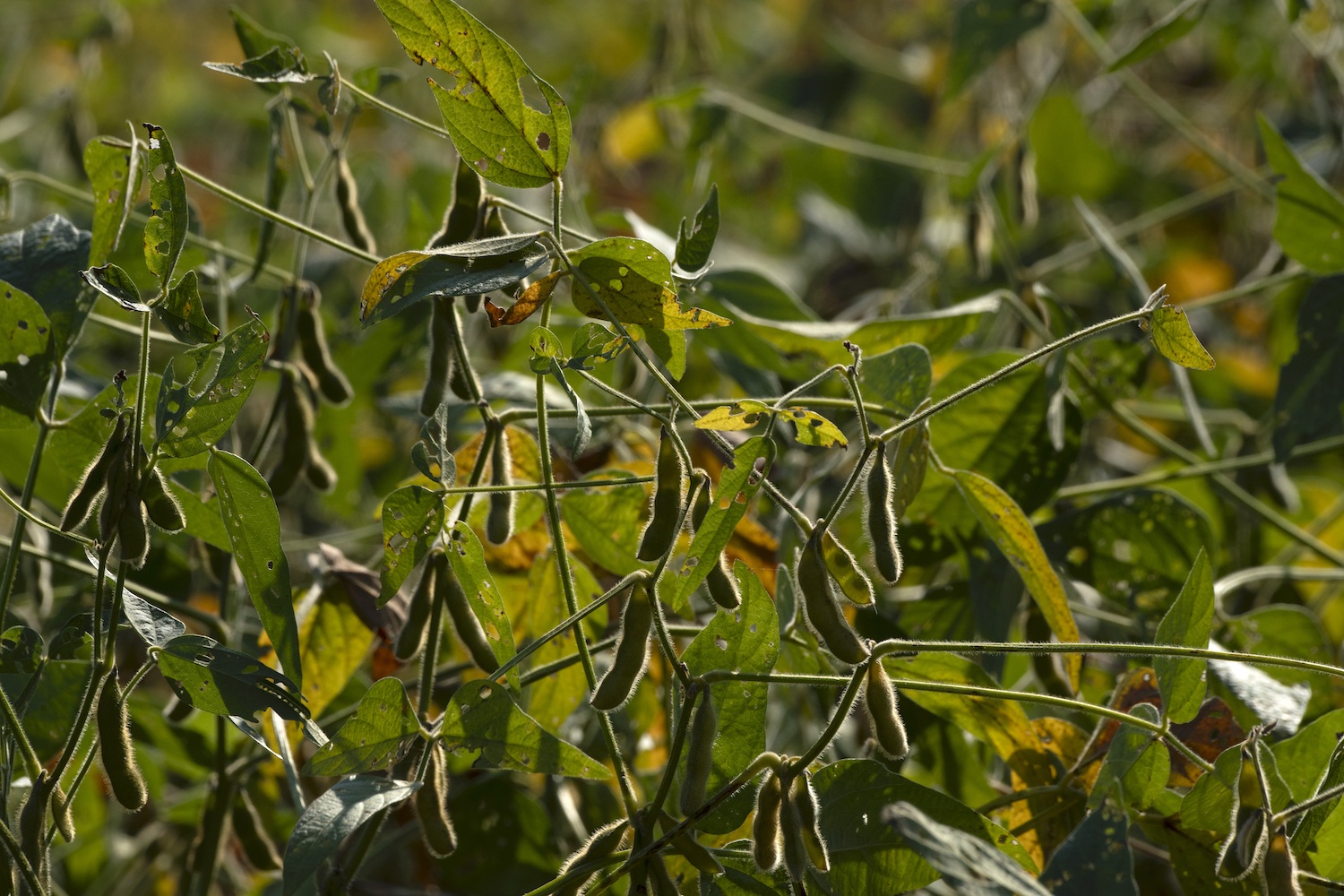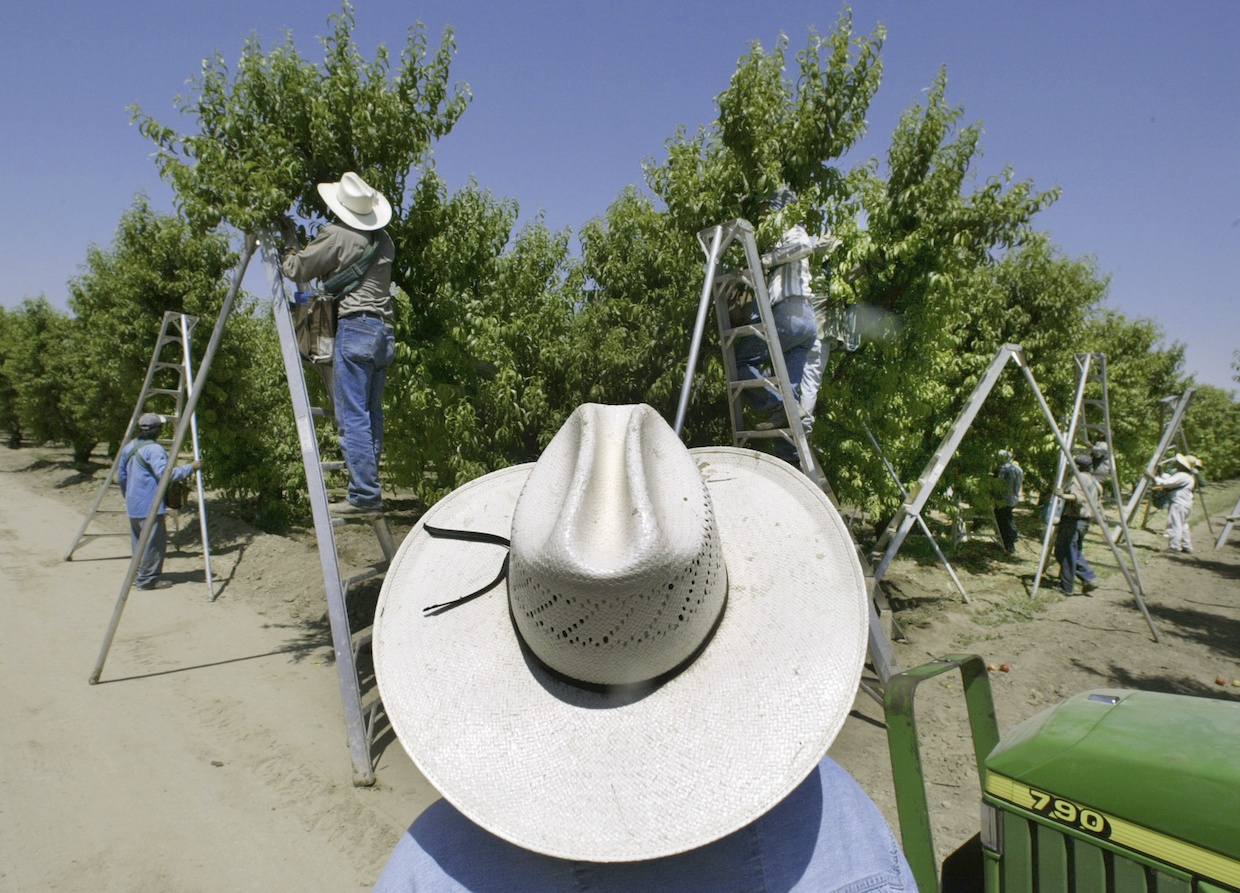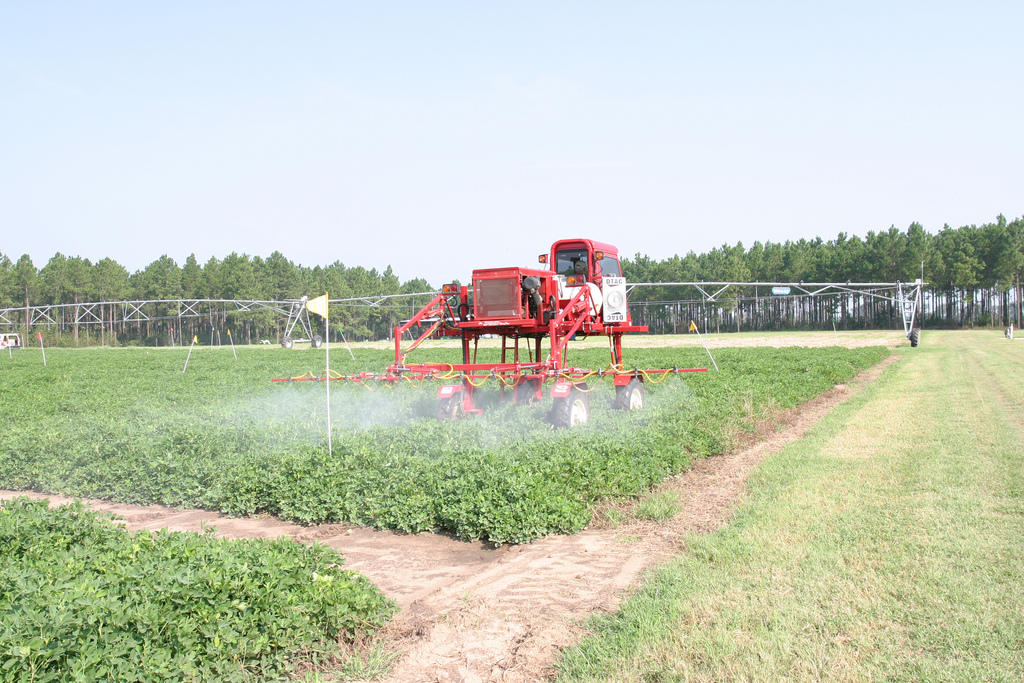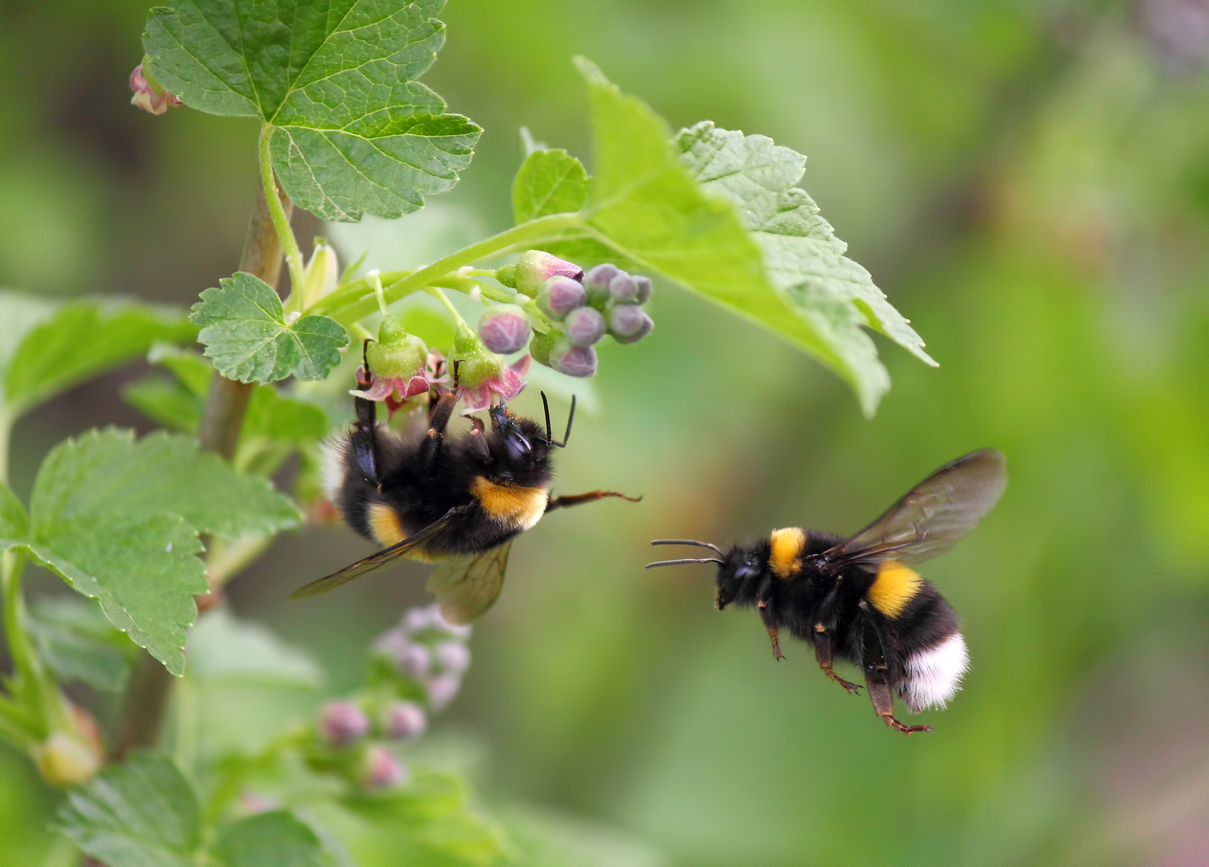About 150 agricultural pesticides that the World Health Organization considers hazardous to human health were used in the United States in 2017, according to a data review from Investigate Midwest.
A total of about 400 different agricultural pesticides were used in the United States in 2017, the latest year data is available. More and more pesticides have been used because they “contribute to higher yields and improved product quality by controlling weeds, insects, nematodes, and plant pathogens,” according to the U.S. Department of Agriculture.
This story was republished from The Midwest Center for Investigative Reporting. Read the original story here.
However, USDA noted that pesticides pose negative consequences for people’s health and the environment.
About 150 agricultural pesticides that the World Health Organization considers “hazardous” at some level to human health were used in the United States in 2017, according to a review of U.S. Geological Survey data.
The geological survey estimated that at least one billion pounds of agricultural pesticides were used in 2017. Of that, about 60 percent—or more than 645 million pounds—of the pesticides were hazardous to human health, according to the WHO’s data.
Many “hazardous” pesticides that have been used in the U.S. for decades are banned in many other countries.
Twenty-five pesticides that are banned in more than 30 countries were still used in the United States in 2017, according to an analysis of data from the U.S. Geological Survey and the Pesticide Action Network International, which keeps track of banned pesticides around the world.
The action network’s data show that about 70 of the 150 hazardous pesticides used in the U.S. are banned in at least one country.
For instance, phorate, the most used “extremely hazardous” insecticide in the U.S. in 2017, is banned in 38 countries, including China, Brazil and India. None of the “extremely hazardous” pesticides can be used in the 27 nations of the European Union.
